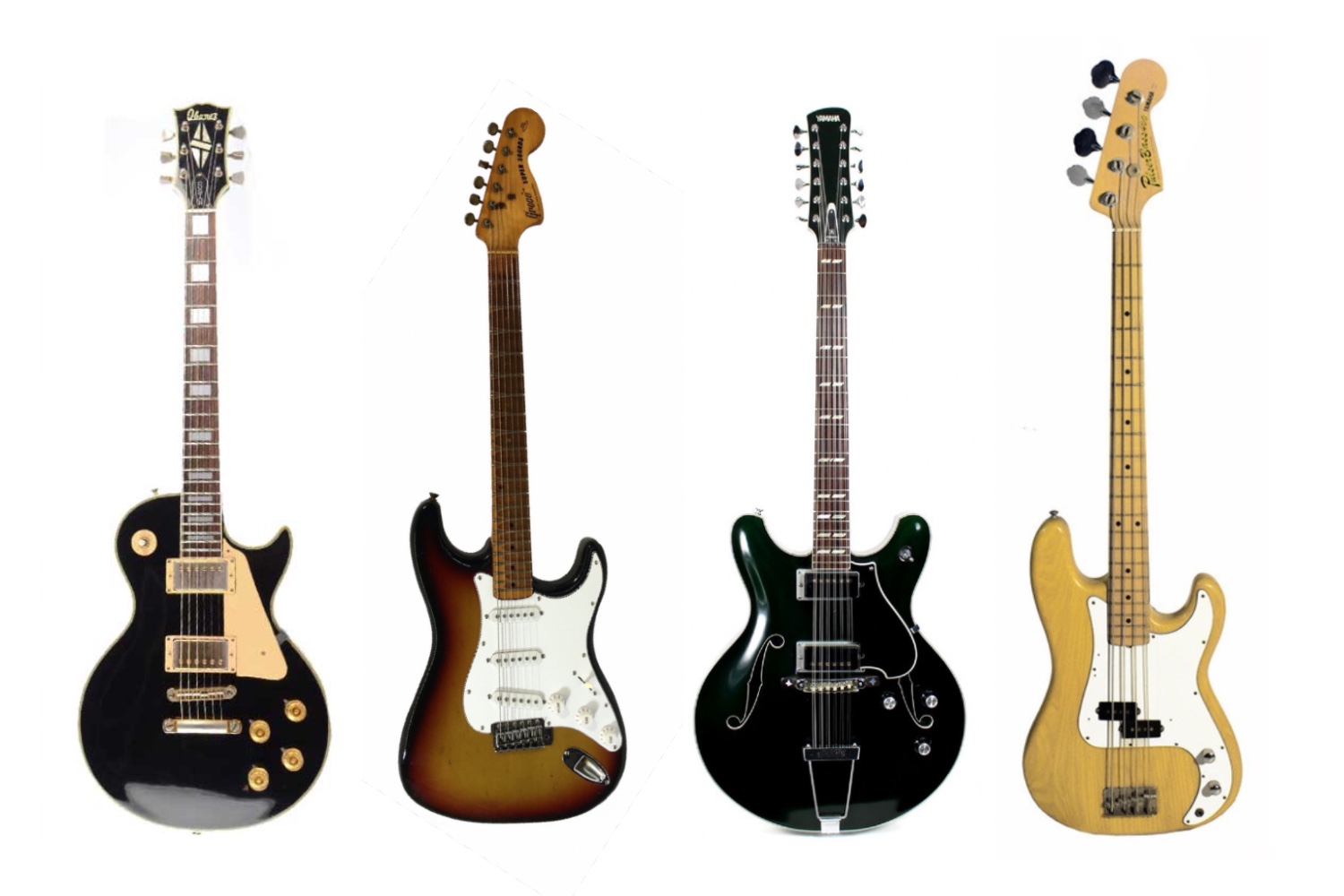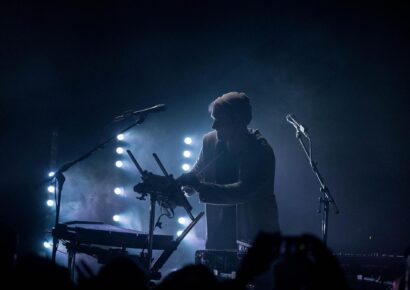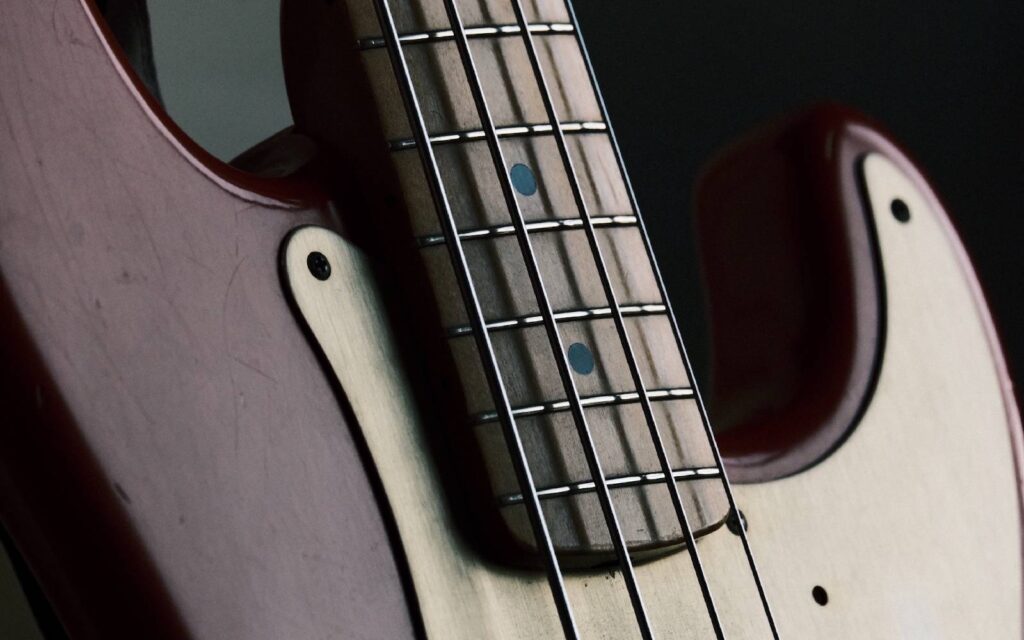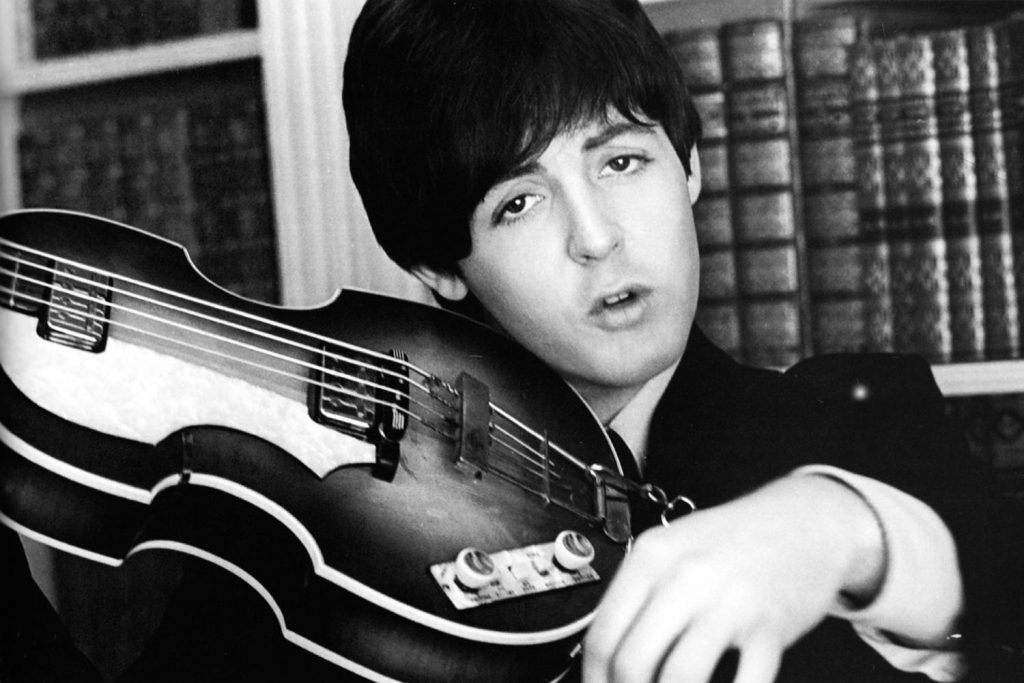America hasn't always been the centre of electric guitar manufacturing - join us in exploring the very best Japanese guitar copies.
America hasn’t always been the centre of electric guitar manufacturing. In fact, throughout the ‘70s and ‘80s, Japan was responsible for some of the best-made guitars ever produced. Were they original? Hell no, they were blatant copies. But this didn’t stop top musos from buying them, and today we’re going to show you six of the best vintage Japanese knock-off guitars still in circulation today. For reference, most of these models typically sit within the $500 – $1000 AUD price range.
Read up on all the latest features and columns here.
Japanese guitar manufacturers such as Tokai, Greco, Fernandes and Yamaha made a name for themselves in the ’60s and ’70s by producing high quality copies of top-tier American guitars. A number of factories used to manufacture these instruments were later acquired by Fender to create the Fender Japan range. Many of these guitars can still be found in vintage shops around Australia today.
Tokai Silver Star Stratocaster
Most musicians who were around throughout the ‘70s will tell you that Fender’s penchant for producing quality guitars took a temporary dip. This was mainly due to cost-cutting, and resulted in buyers looking elsewhere for quality instruments. Enter Matsumoku, perhaps the most acclaimed guitar and bass factory of the ‘70s and ‘80s.
Located in the Nagano Prefecture of Japan, Matsumoku gained a reputation for their use of quality woods, impeccable attention to detail and fairly priced instruments. Tokai, one of many brands that operated out of this factory, produced a wonderful replica of the Fender Stratocaster – judging from the clip below, there really isn’t much of a difference between the two.
Greco SA Hollowbody
From the ’60s up until the ’90s, Greco’s Fujigen and Matsumoku plants churned out some of the best Eastern copies on the market, many of which have attained a cult-like appreciation here in Australia. Their Spacey Sounds Thinline Telecasters are considered by many players as being some of the best bang-for-buck vintage guitars on the market, but for those needing something a little more suitable for jazz or blues, you can’t go past their SA hollowbody range.
Many models in the SA range were among Greco’s top-of-line production run in the ’70s, and as a result, tend to be decked out with appointments like flamed tops or walnut veneers, while some are even fitted with Maxon’s legendary humbucking pickups that tend to sell for crazy amounts just on their own. Of course, this means that they tend to be priced a little higher than other Japanese vintage models from this era, but if you’re less fussy, you can snag a model with a bolt-on neck for a steal on the used market any given week.
Fernandes Telecaster
Another from the Matsumoku factory, this guitar was one of many played by versatile RocKwiz stalwart James Black. He recalled: “I got it from the factory in the 1980s when I was playing with Men At Work on a Japanese tour. They brought along a bunch of guitars for us to try. I strummed it acoustically and said ‘that’s for me!’”
The Fernandes Telecaster features the Fender’s signature twang, as well as its tonal versatility. You may find that some of the older, Matsumoku-built Telecasters are slightly more expensive due to their rareness; however, you can still get a late ‘80s model for a very reasonable price, with virtually no compromise in sound.
That ‘70s Ibanez Les Paul
If you’ve ever heard the term ‘Lawsuit Guitar’, herein lies its history. Today, Ibanez are well-acclaimed for their innovative guitar and amp designs, and are one of the world’s best-selling guitar brands. However, they actually started off by making – you guessed it – knock offs. It turns out that Fender wasn’t the only company whose quality began to decline in the ‘70s; Gibson also saw its standards drop.
Ibanez decided to take advantage of this – some would argue that, at one stage, Ibanez were making better Les Pauls then Gibson themselves! This didn’t sit too well with the American company, who sued Ibanez in 1977 for copying their headstock. The lawsuit was eventually settled outside of court, and Ibanez ended up changing the headstock. Nonetheless, the Japanese manufacturers ensured that they kept all the other fundamental Les Paul characteristics intact.
Westminster SG
Probably one of the stranger names that the Matsumoku folks came up with. However the guitar itself is actually rather sturdy, and carries that distinctive SG sound. It weighs just under 3kg, and the bolt-on neck essentially eliminates any of the neck stress that plagues most SG models.
The demo below is a great example of some of the tonal contrast you can get with this SG copy. While it’s in Russian and I’ve got no idea what the guitarist is saying, I assume he’s pretty stoked with the Westminster’s super clean tone, as well as its crunchier capabilities. Pretty sure I heard Angus Youngski mentioned in there somewhere as well.
Funnily enough, the Soviets also made their fair share of quirky guitars in the ’70s – discover some of their stories here.
Yamaha Pulser Bass PB400R
As someone who owns a MusicMan StingRay, a US Fender Jazz and a US Fender Precision, for some reason I find myself gravitating towards my Yamaha Pulser more than any of the others. Crafted in the world-renowned Yamaha factory throughout the early-to-mid ‘80s, the Pulser Bass features a booming Seymour Duncan Quarter Pound pickup, as well as a chunky maple neck and rosewood fingerboard.
This is by far the punchiest bass I own, and sounds insane with a heavy duty plectrum. You’ll find the warmness of the PB400R really shines once you wind back the tone – its sustain is simply inimitable, and it takes about a month to go out of tune.
Here’s five things to consider before buying a vintage Japanese guitar.







